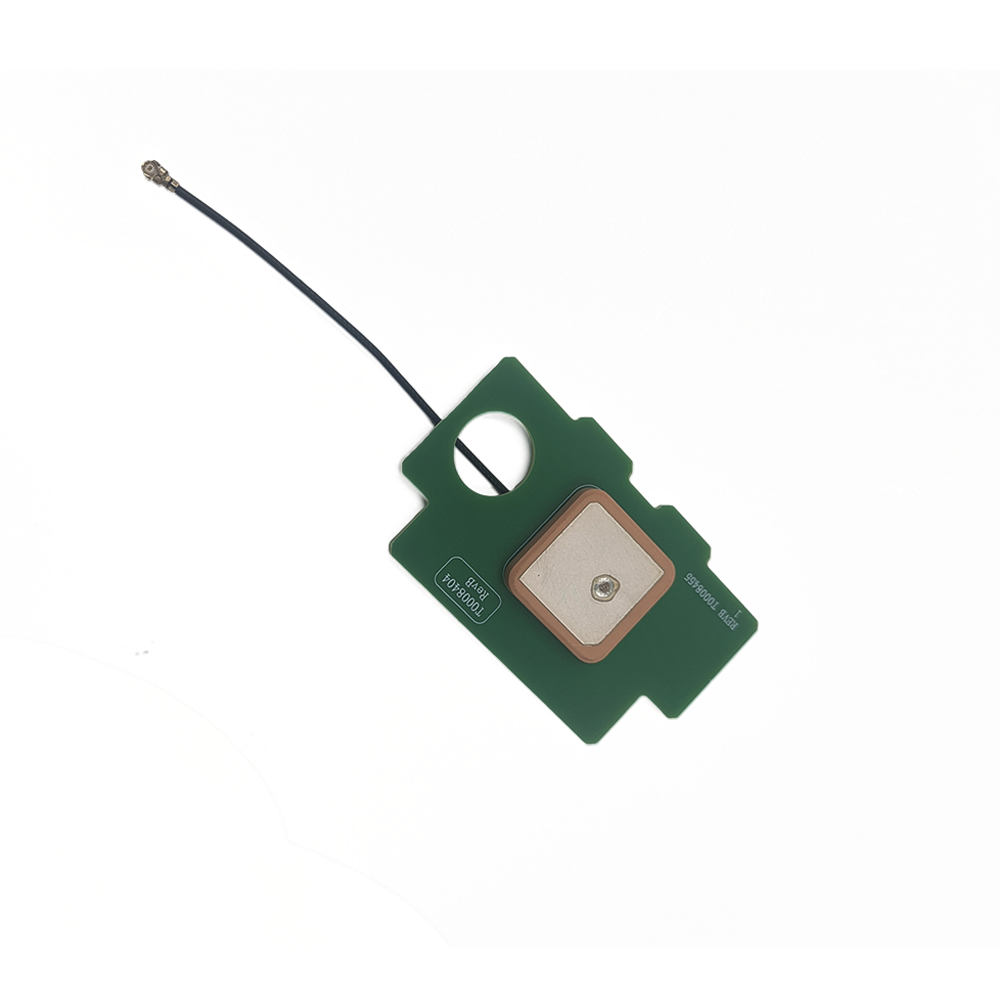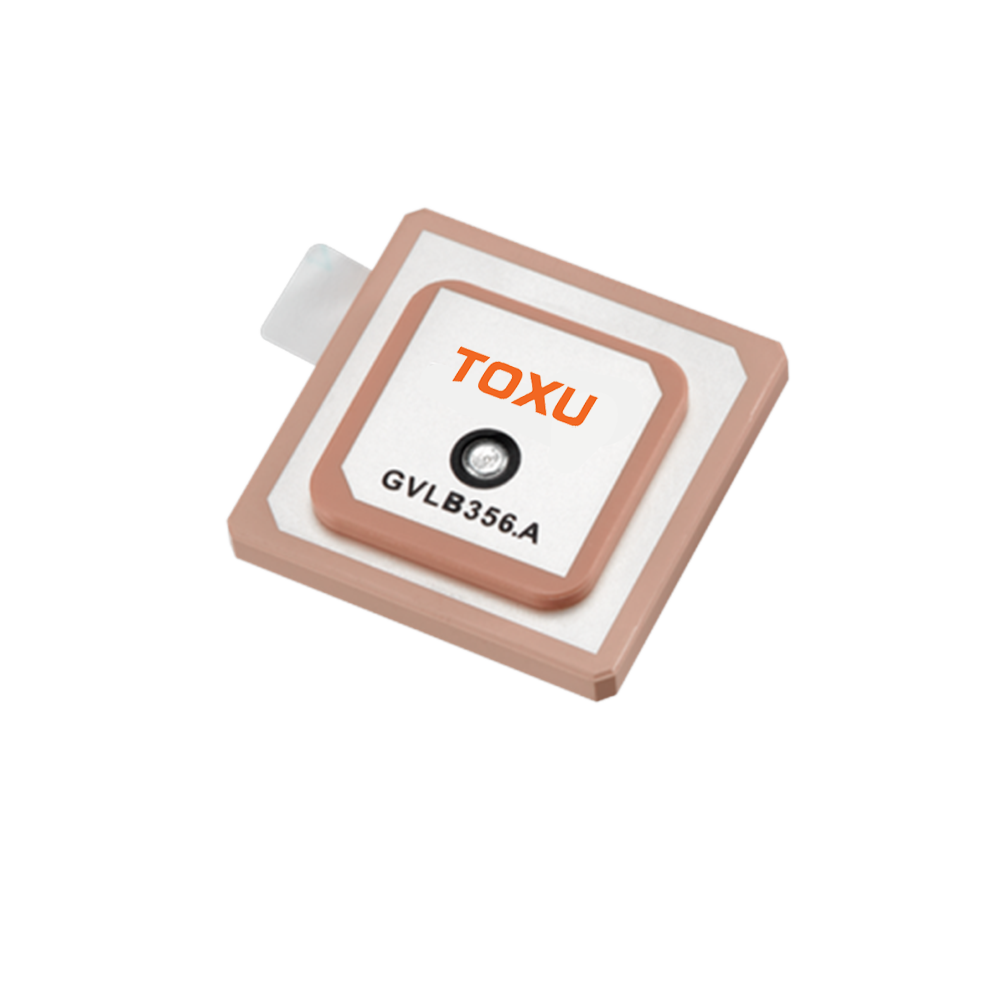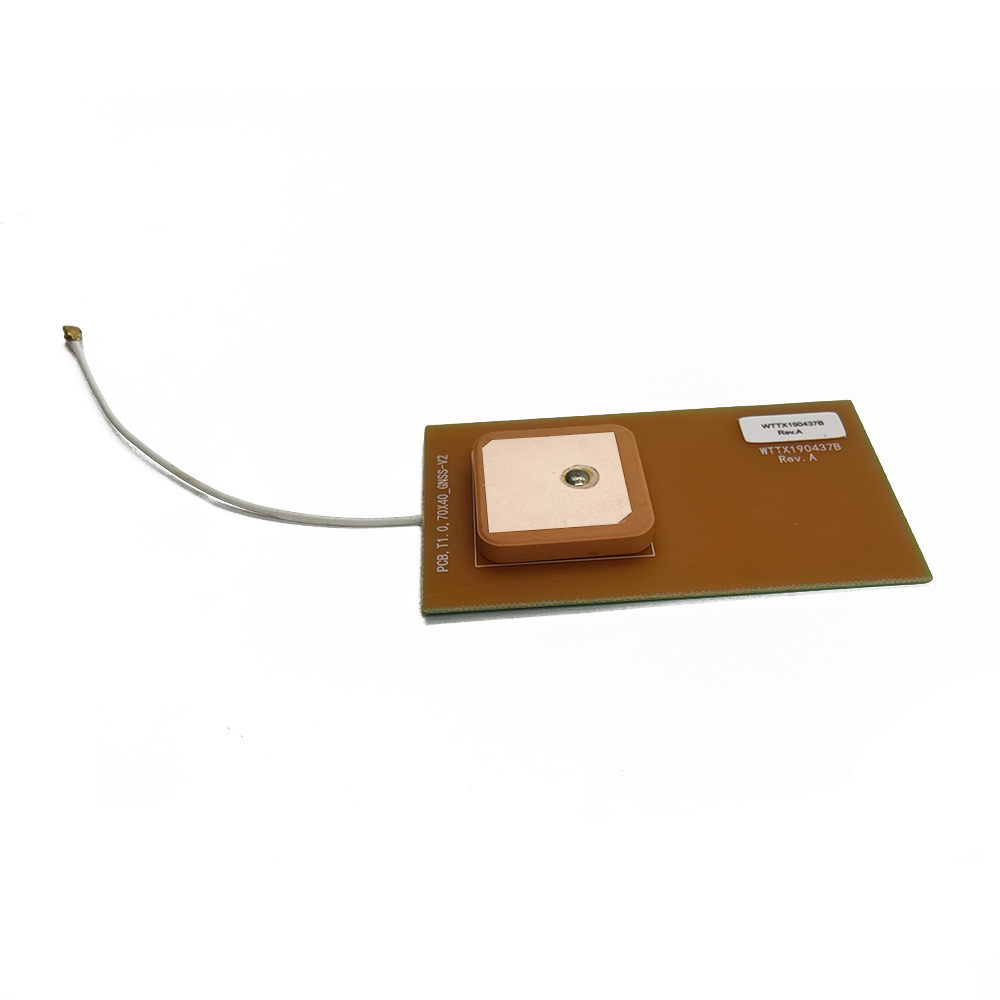Applications
The miniature built-in GPS ceramic antenna module has a vast range of applications across multiple industries. In the consumer electronics sector, it is widely used in smartphones, tablets, and wearable devices. These devices rely on GPS for location-based services such as navigation, location sharing, and geotagging of photos and videos. The compact size and high performance of the module enable seamless integration, providing users with accurate location information on the go.
In the drone industry, miniature GPS antenna modules are essential for the navigation and control of small drones. Whether it's a hobbyist drone for aerial photography or a professional drone for surveying and mapping, the module allows the drone to maintain its position, follow predefined routes, and return to its takeoff point accurately. The durability of the module ensures reliable operation during the often turbulent flights of drones.
For the Internet of Things (IoT) industry, the miniature built-in GPS ceramic antenna module is a key enabler for location-based IoT applications. IoT sensors equipped with these modules can be used for asset tracking, inventory management, and environmental monitoring. For example, in a large warehouse, GPS-enabled IoT tags on inventory items can be tracked in real-time, improving the efficiency of inventory management and reducing losses.
In the automotive industry, the module can be used in applications such as vehicle tracking systems, emergency call devices, and even in the development of smaller, more integrated automotive electronics. It provides accurate location information for features such as stolen vehicle recovery and emergency assistance, enhancing the safety and security of vehicles.
Future Trends
Looking ahead, several future trends are set to shape the development of miniature built-in GPS ceramic antenna modules. One trend is the integration of multiple satellite navigation systems. In addition to GPS, other global navigation satellite systems (GNSS) such as GLONASS, Galileo, and BeiDou are becoming more prevalent. Future modules are likely to be designed to receive signals from multiple GNSS simultaneously, providing more accurate and reliable positioning information, especially in challenging environments where satellite visibility may be limited.
Another trend is the further miniaturization of the modules. As the demand for even smaller and more compact devices continues to grow, manufacturers will strive to reduce the size of the antenna modules while maintaining or improving their performance. This may involve the use of new materials with enhanced electrical properties, such as metamaterials, as well as more advanced manufacturing techniques that allow for even finer precision in the design and construction of the modules.
The integration of artificial intelligence (AI) and machine learning (ML) with the antenna modules is also an emerging trend. AI and ML algorithms can be used to optimize the antenna's performance, adapt to changing environmental conditions, and improve signal processing in the presence of interference. For example, AI can be used to analyze real-time data from the antenna and other sensors on the device to predict and mitigate the effects of interference, enhancing the overall accuracy and reliability of the positioning system.
There is also a growing interest in using miniature GPS antenna modules for indoor positioning. While traditional GPS is mainly for outdoor use, research is underway to adapt GPS technology for indoor environments, such as large warehouses, airports, and shopping malls. Miniature built-in GPS ceramic antenna modules may play a crucial role in this development, enabling accurate indoor positioning for applications like asset tracking, navigation within buildings, and indoor mapping.
Conclusion
In conclusion, the miniature built-in GPS ceramic antenna module represents a remarkable achievement in the field of antenna technology, combining miniaturization, integration, and high performance. Its compact size, durability, and excellent positioning capabilities have made it an essential component in a wide range of electronic devices across various industries, enabling the seamless integration of GPS functionality and enhancing the user experience.
However, the challenges associated with interference, limited space, environmental factors, and manufacturing consistency cannot be ignored. Overcoming these challenges will require continuous research and development efforts from both academia and industry.
Looking to the future, with the emergence of trends such as multi-GNSS integration, further miniaturization, the integration of AI and ML, and indoor positioning applications, the miniature built-in GPS ceramic antenna module is poised to play an even more significant role in the evolution of technology. As these trends develop, these modules will enable the creation of smaller, more intelligent, and more connected devices, opening up new possibilities for innovation and growth in a wide range of sectors.




































































 Language
Language
 En
En Cn
Cn Korean
Korean

 Home >
Home > 








 18665803017 (Macro)
18665803017 (Macro)













